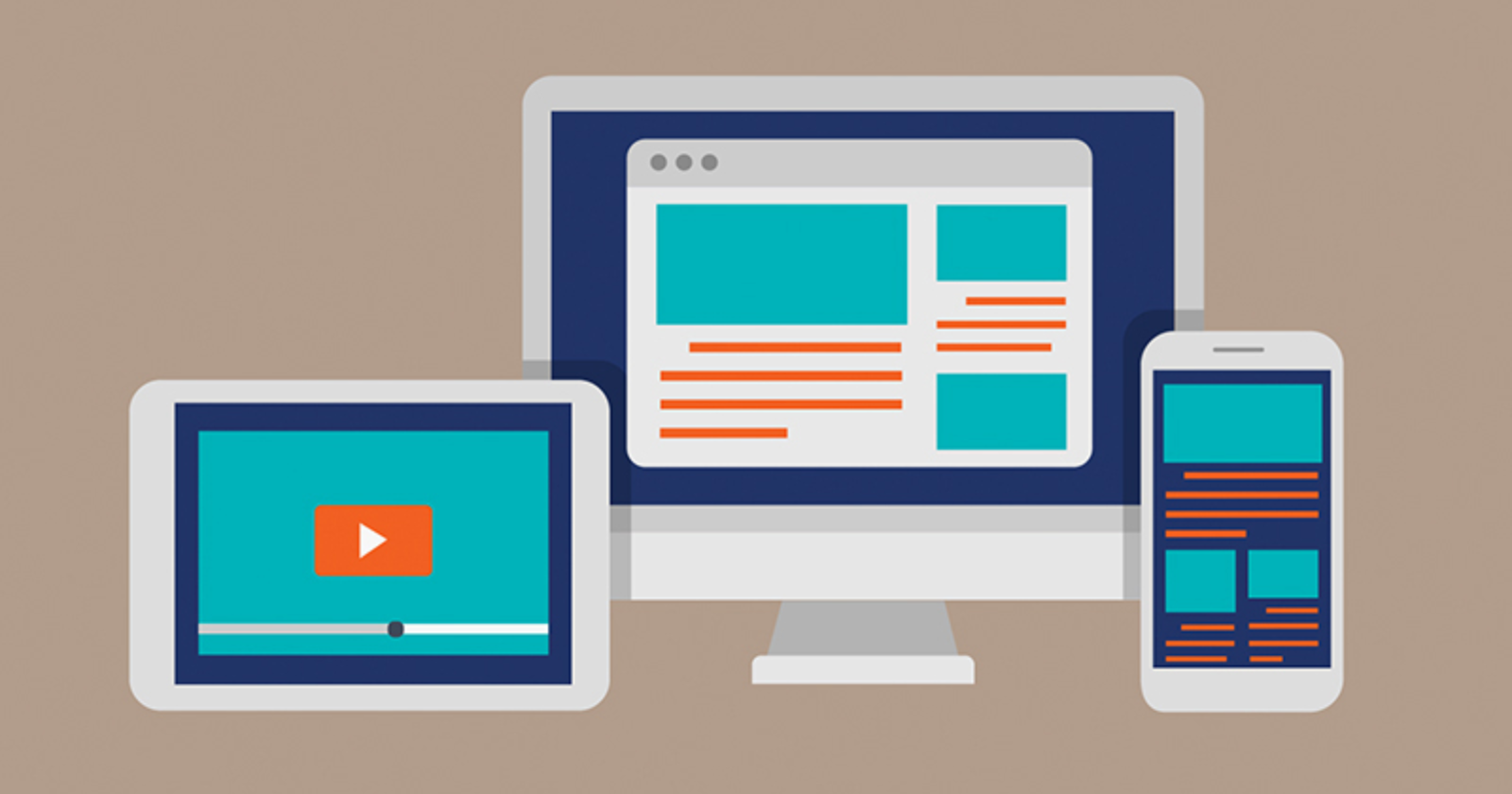Consumer priorities are shifting rapidly as the world faces an unprecedented healthcare crisis.
Sensitivity to consumers’ needs is more critical than ever.
Brands must think carefully about how to engage with consumers in meaningful ways that not only increase conversions but help build brand trust.
Throughout the day, we consume content from blogs, news channels, television shows, social media channels, etc.
All of that content has the potential for native ad placements, which is why the native industry can be complex.
Advertisers know that in order to reach their target customers, they need to have a presence on channels where consumers spend their time.
This is where native comes into play.
Native advertising has been around for about a decade, but through the use of AI and machine learning to power its audience-first targeting, it’s more powerful and effective than ever.
According to an IPG Media Lab study, 71% of consumers say they personally identify with a brand after viewing its native ads.
Is Content Network Targeting the Same as Native?
In short, no.
The content networks or yore through Microsoft Advertising and Google Ads was contextual targeting at its simplest – it predominately was keyword-based targeting on a syndicated network of content that allowed text ads to appear near various types of content such as text, videos, images.
The impression volumes were high and the click-through rates were low and the conversion rates were dismal.
But for most the goal of the content network was never last-click attribution – it was to drive reach and awareness (at first.)
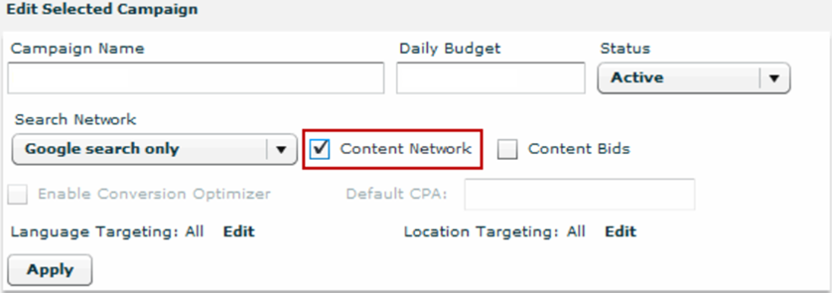
But native today isn’t the contextual targeting of yore.
Microsoft deprecated the content network in 2017.
However, Google Ads still allows content targeting in the Google Display network.
Unlike the content network, native ad placements are not based on the keyword or the keywords within the article on page, they are based on audience targeting.
It is worth noting that Google Ads still allows content targeting in the Google Display Network based on:
- Topics: Pages about specific topics. Google Ads uses factors such as text, language, links and page structure to determine the topics of a page.
- Placement: Specific websites, or subsets of a website.
- Keywords: Just that, keywords.
- Display expansion for search: A combination of automated bidding and smart targeting.
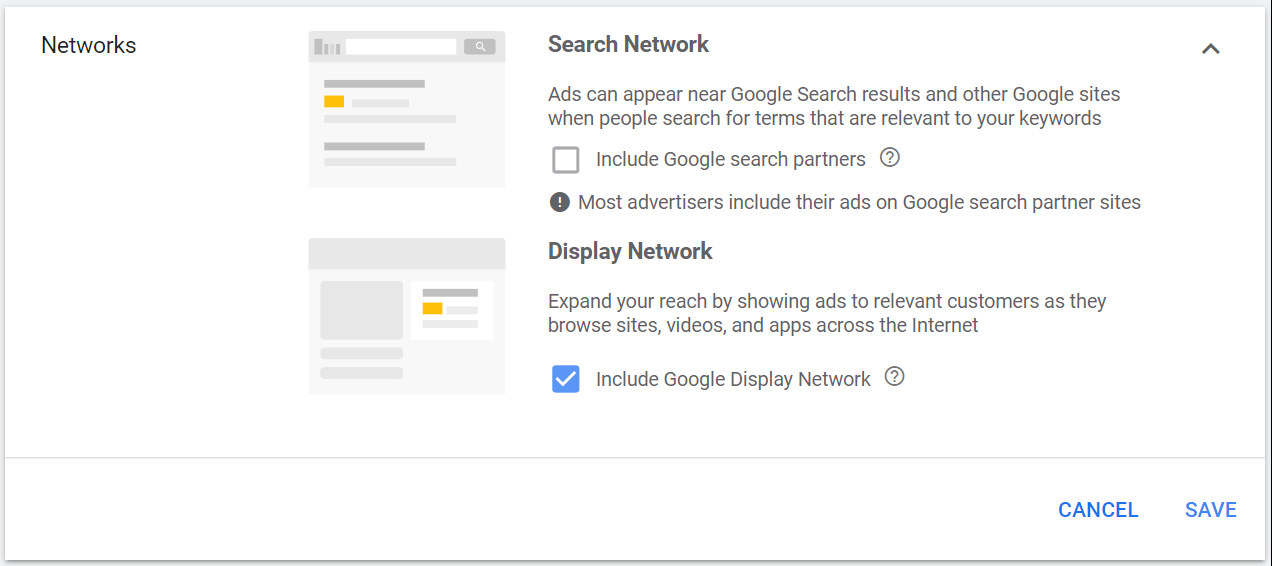
What Is Native Advertising?
According to the Native Advertising Institute, native advertising is paid advertising that matches the form, feel, and function of the content media and platform upon which it appears.
The publisher controls and is responsible for rendering the ad.
Unlike display ads or banner ads, native ads don’t really look like ads; rather, they look like part of the editorial flow of the webpage.
For example, a native ad might show up within an article you’re reading on your favorite online news source, or as a post on your Facebook feed.
Native ads are intentionally non-disruptive and more contextual than display or banner ads.
According to the Interactive Advertising Bureau (IAB), there are six types of native advertising:
- Paid search ads appear at the top of — and look like part of — your Google search results.
- In-feed placements appear directly in the article or blog post.
- Recommendation widgets appear on a publisher’s website and presents recommended content or products that are related to the content you’re already consuming.
- In-Ad with native elements look like typical ads but they are contextually relevant to the site on which they appear or the content you’re consuming.
- Custom ads can appear within your app interface, such as a new filter in Snapchat.
- Promoted listings, also referred sometimes as sponsored content, are designed to fit seamlessly into the browsing experience.
Sharethrough reports that native ads receive 53% more views than traditional display ads and increase purchase intent by 18%.
It’s no wonder two-thirds of all display spend ($44 billion) was spent on native advertising in the U.S. in 2019 and accounted for 61% of total digital display ad spending.
Is Native Advertising Programmatic?
It depends. (A marketer’s favorite answer.)
Programmatic is an automated way to buy the advertising placements.
Programmatic marketing uses real-time systems, rules, and algorithms to automate either targeted placements and/or creative experiences (ads themselves.)
Programmatic native ads add more power by leveraging machine learning and contextual signals to customize the ads by placing them at the appropriate place to reach the right audience and the audience preference.
Not all native advertising is programmatic.
Is Google Display Native Advertising?
Yes, Google Display & Video 360 has native creative formats that can be integrated into a display campaign.
The native creative can target:
- App install (Google Play or Apple App Store).
- Site creative (square or rectangular display format).
- Video (similar to site creative, but uses video instead of an image.)
The native creative is based on a bundle of assets and can include the following components: an image or video, headline, body text, call to action, logo or advertiser name.
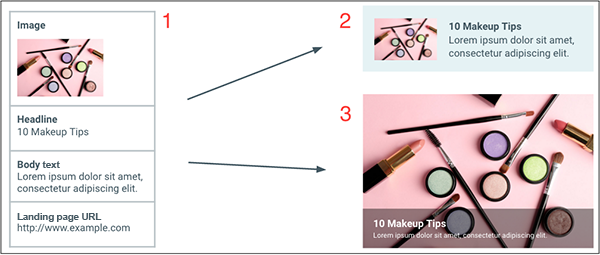
Is Microsoft Advertising Native Advertising?
Yes, Microsoft Advertising has native ads through the Microsoft Audience network.
It is a programmatic native ads platform that pulls in audience data and intent signals from the Microsoft Advertising Graph to determine optimal placements at scale.
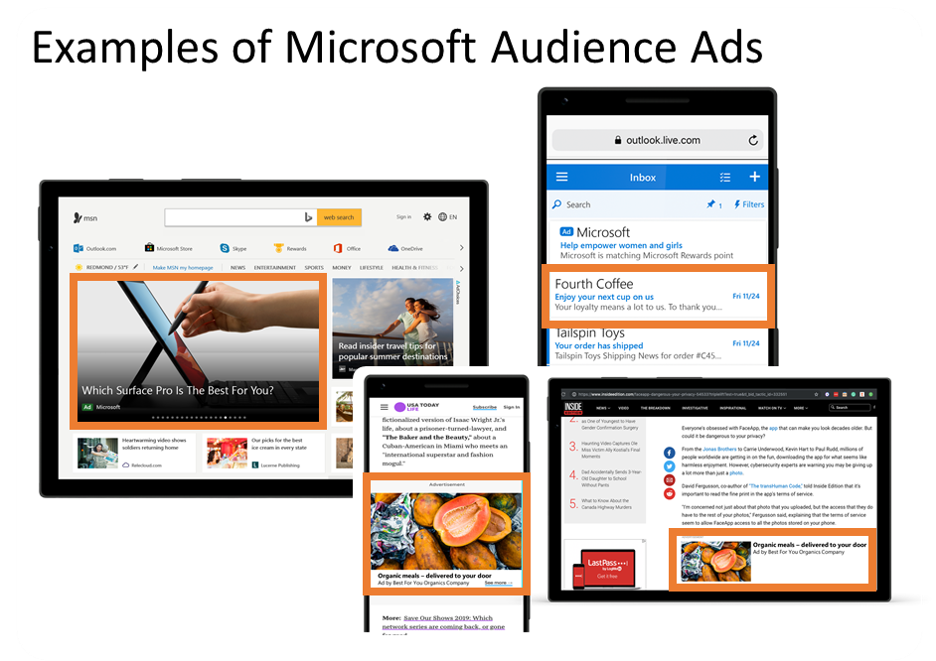
Currently, Microsoft Audience Ads are available in three formats:
- Image ads.
- Text Ads.
- Product Ads.
They can be set up as part of an existing search campaign that is extended to native or as a separate audience campaign.
Even if you choose to opt into the Microsoft Audience network from within your search campaigns, the ad placement is based on audience targeting using the Microsoft Graph.
The Microsoft Advertising Graph captures billions of signals across our consumer products, such as browsing data, search history and behavior, and deep profile data from LinkedIn.
Microsoft’s audience network spans:
- A wide range of brand-safe environments, including MSN, Outlook.com, and Microsoft Edge.
- Select premium partner properties such as CBS Sports, Everyday Health, Fox Business, the Atlantic, Apartment Therapy, and Reuters.
According to ComScore, the Microsoft Audience Network reaches 92% of the online audience throughout the U.S.
AI-Powered Placements Focused on Quality & Giving Complete Control to the Advertiser
The audience network was created with two priorities in mind: quality and control.
- Quality results from high-quality placements of highly relevant ads.
- Control encompasses its ability to provide brand-safe environments and data privacy.
Microsoft enforces strict publisher standards and reviews and publisher partners are closely managed and thoroughly vetted.
There is an ongoing ad placement quality monitoring and controls to help you manage where your ads appear, as well.
Global blocklists and the ability to exclude certain sites gives you even more control – and peace of mind.
The Success of Native Advertising Depends on Trust
Native advertising has grown in popularity because of success with engaging audiences and their ability to connect brands to consumers effectively.
However, when consumers don’t trust a brand, native ads lose their effectiveness.
Likewise, marketers also believe that they need to trust the distribution channels and environments their ads appear.
eMarketer’s 2018 study, The Brand Saftey Dilemma, found that 57.5% of more than 100 CMOs surveyed stated that they will focus their future advertising spendings on whether a distribution channel can provide secure environments.
How do organizations establish and maintain consumer trust?
By putting long-term strategies in place for actively engaging with consumers, listening and acting on customer feedback, adhering to data privacy and protection, and being transparent and authentic.
iProspect proposes that there are three key components to consumer trust: credibility, relevance, and reliability.
- Is your brand competent and legitimate?
- Do you listen to and act on customer feedback and provide relevant content, products, and services?
- Do you deliver a consistent experience that meets customer expectations across every customer interaction?
Brands that can answer yes to these questions are earning consumer trust, and native advertising done well can reinforce this effort by helping them deliver credible, relevant and consistent messaging.
With many available offerings, it’s critical to choose the right advertising partner – one that will enable you to get the best return on your investment.
Native Case Studies: Reaching Untapped Audiences
By applying advanced AI algorithms to this set of user attributes, Microsoft can determine when and on what platforms to reach users with highly relevant content, without damaging the trust those users have in your brand.
Ads are credible, relevant and consistent – but not invasive or intrusive.
As a result, click-through rates on the Microsoft Audience Network are consistently higher than on other native platforms delivering ads on those same properties.
For example, based on partner and internal data, click-through rates are consistently higher than other native platforms that are delivering ads across the same properties:
- 2X higher on MSN Infopane.
- 1.2X higher on Outlook.com.
- 3X higher on publisher partner sites.
Driving Awareness & Leads Across Volvo’s Funnel
Volvo and marketing agency Mindshare decided to test the Microsoft Audience network as a strategy to support awareness and help maintain sales for their best-seller the XC90 luxury SUV.
Mindshare used audience campaigns to scale their marketing efforts, keeping the ads visually consistent with their social media efforts and using streamlined ad copy to reach their target audiences.
They combined LinkedIn, gender, remarketing and In-Market audience data to find new audiences to target and to uncover previously untapped audiences.
The campaign drove significant traffic and exceeded their expectations with conversions:
- 65,000 incremental site visits.
- 83% increase in clicks from remarketing.
- CPA on-par with their non-brand search campaigns.
Buyzone Driving Leads & Reaching Untapped B2B Audiences
Running native campaigns in conjunction with search campaigns helped Buyerzone reach business-to-business audience.
Buyerzone connects buyers with sellers in real-time. Like many lead generation companies, they were looking for conversions they can monetize into leads that can then be sold to a seller.
They needed native to be a cost effective buy that would not only drive leads, but leads that convereted for their sellers.
Buyerzone was a beta-tester of native ads through the Microsoft Audience network and saw:
- 1,700% increase in impressions.
- 20% profit increase on top of their traditional search campaigns.
- 75% decrease in CPC.
Alan Barish, senior online marketing analyst from BuyerZone said, “almost every single conversion we’ve gotten from the Microsoft Audience Network has converted into a lead, which is amazing.”
Native combined with search can help advertisers reach new audiences across the funnel to help drive growth that is incremental to their existing search campaigns.
Maintaining Trust & Engagement in Uncertain Times
Never in modern history has it been so critical to create meaningful connections between your brand and consumers, and earn and maintain their trust.
With data privacy rising to the forefront of consumers’ consciousness and as recent global events add complexity to the consumer-brand dynamic, delivering targeted, trusted and relevant content is a critical strategy for continued business growth.
Be thoughtful with your images and your copy during these challenging times so that your native ads don’t come across as tone-deaf.
Start with a foundation of trust, success is inevitable.
Test using native as a way for your brand to make meaningful connections with consumers that build trust and drive conversions, setting the stage for ongoing credibility, relevance, and consistency, even in uncertain times.
More Resources:
- 5 Microsoft Advertising Features You Might Not Know About
- Why You Should Pair Programmatic Advertising with Paid Search
- The 8 Best PPC Ad Networks
Image Credits
All screenshots taken by author, March 2020

